I have an aggregate called Survey - you can create a Survey, send a Survey and respond to a Survey.
I also have an aggregate called Person. They can receive a Survey and respond to a Survey. This aggregate includes demographic information that describes the Person.
I think my Survey aggregate should contain a list of people that have received the Survey. That would include the date they received it and any of their answers, if they have responded. But I feel like I don't need most of the demographic information that would normally come along with my existing Person aggregate.
I tried playing around with different concepts, like calling a send a "Delivery" and calling the employees "Recipients", but the business doesn't speak in those terms. It's just - "I create a Survey and then I send that Survey to people".
So does it make sense to create a different Person aggregate just within Survey? The action of sending a Survey to someone exists as records in the DB, along with responses to the Survey. Is this a better use case for Value Objects?

